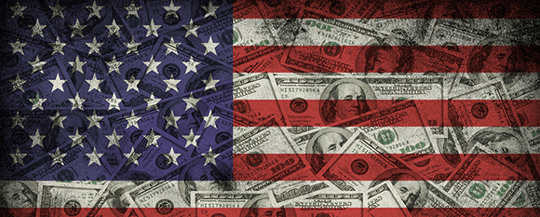
Though it seems like only yesterday, it’s been a decade since my former employer, Lehman Brothers went bankrupt, and in the process, helped instigate a massive global financial crisis.
That collapse catapulted the Federal Reserve on a mission to, in its own narrative, save the economy from further collapse. In fact, its creation of $4.5 trillion to purchase U.S. treasury and mortgage related bonds from the big private banks in exchange for continued liquidity was the biggest subsidy in U.S. history.
In some ways, we seem much better off now. Employment is at record highs in most developed nations outside the Eurozone. Global economic growth has picked up overall and stock markets have recovered.
Indeed, many stock markets around the world have regained or passed their former record highs. Asset prices are booming.
But that only tells half the story. That’s because the last financial crisis was about debt and debt levels have increased substantially since 2008. The entire “recovery” was built on debt.
From 179% before the financial crisis, the global debt-to-GDP ratio has jumped to 217% today. Companies and governments have piled on more debt than before. Emerging-market debt, led by China, is also at a record. The big banks are even bigger, and remain “too big to fail.”
Eliminating all that debt is the ultimate solution for avoiding another crisis. That’s because if interest rates drift higher, it can lead to problems in debt repayment, followed by defaults, followed by crisis as defaults spread like a contagion. But there’s no magic bullet for doing that.
First, you should know that no two crises are exactly the same. The last one was met with huge debt on the back of the Fed’s quantitative easing policy. Central bank credit, or what I call dark money, tended to go to the wealthy and into financial assets.
…click on the above link to read the rest of the article…